Middle class Britons 60 per cent more likely to admit to being gay
Updated: 2014-10-28 14:11
By JOHN BINGHAM(China Daily USA)
|
|||||||||
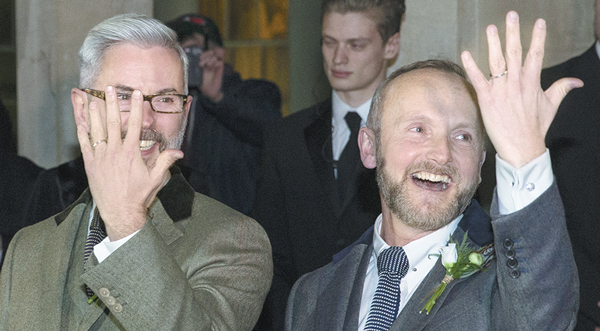 |
|
A gay couple show off their rings following their marriage outside Brighton's Royal Pavilion. PROVIDED TO CHINA DAILY |
Middle class professionals in the UK are almost 60 per cent more likely to be openly gay than working class people, new official figures suggest.
New analysis of an annual national survey of almost 180,000 Britons, the biggest study of its kind, found that only 1.6 per cent of those who responded described themselves as gay, lesbian or bisexual – up marginally on the proportion a year earlier.
Meanwhile another 5.4 per cent declined to answer questions on their sexuality as part of the Office for National Statistics' annual household survey which also tracks a range of lifestyle and health trends such as the prevalence of smoking.
Gay rights groups have long argued that the study could significantly underestimate the true number of gay or lesbian people in the UK because some people would be unwilling to answer openly.
The ONS said that people's responses in the survey did not necessarily “match their sexual behaviour or attraction” and that different people might give different responses over time.
Nevertheless the findings show some marked patterns.
It shows that men were twice as likely as women to describe themselves as attracted to people of the same sex and people in London were significantly to do so than their counterparts anywhere else in the country.
But for the first time, the study also analysed responses along occupational lines, which are often used as a proxy for class.
Only 1.4 per cent of working class respondents surveyed – those in manual or routine occupations – described themselves as gay, lesbian or bisexual.
But among those from a managerial or professional background the figure rises to 2.2 per cent.
Although the total proportions are small, the figures suggest that middle class professionals are 57 per cent more likely to describe themselves as gay than manual workers.
James Taylor, head of policy at the campaign group Stonewall, said that despite the limitations, the figures suggest that significant numbers of people in working class occupations still feel unable to admit their sexuality.
“While these statistics should be taken with a pinch of salt, as the ONS survey still fails to represent the full picture of modern Britain, it clearly demonstrates that there are many workplaces where lesbian, gay and bisexual people don't feel able to be themselves,” he said.
Andrew Wale and Neil Allard were one of the first gay couples to marry in the UK earlier this year (AFP)
In London the number of people identifying themselves as gay, lesbian or bisexual was twice the national average, at 3.2 of those who responded.
It was also three times the rate seen in the North East of England, which was just 1.1 per cent.
The study also shows that the younger people are the more likely they are to describe themselves as other than heterosexual.
It found that 2.7 per cent of people aged between 16 and 24 said they were gay, lesbian or bisexual – almost 70 per cent above the average for other age groups and five times the rate among pensioners.
The figures have edged upwards over the last three years, when only 2.1 per cent of younger people said they were gay or bisexual.
But the number of over 65s describing themselves as gay or bisexual has edged marginally lower in the last three years from 0.6 per cent to 0.5 per cent.
(China Daily USA 10/28/2014 page10)
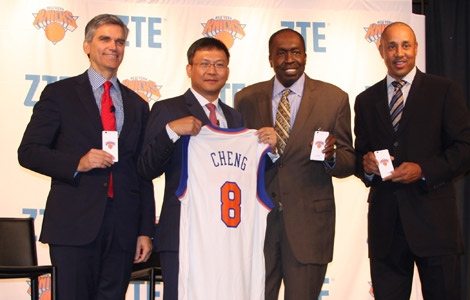
 Forging a bond
Forging a bond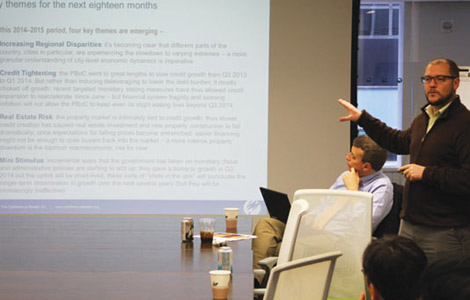
 China's economy in 'transition': expert
China's economy in 'transition': expert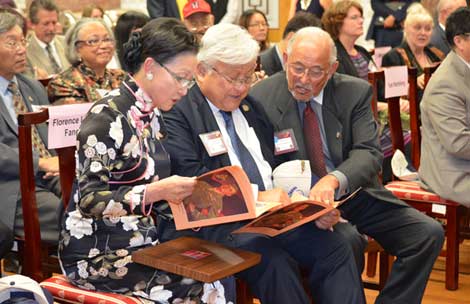
 WWII's Flying Tiger veterans saluted
WWII's Flying Tiger veterans saluted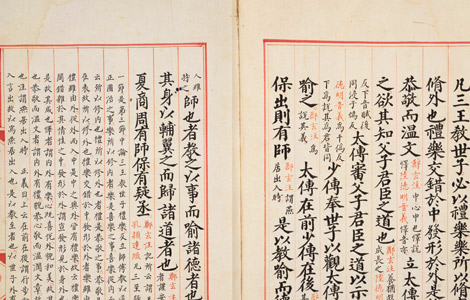
 600-year-old Chinese book found in California
600-year-old Chinese book found in California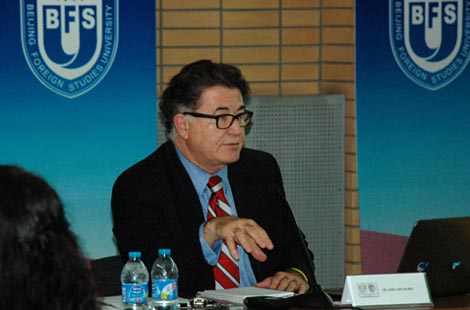
 China's growing role in Mexico not a threat to US: expert
China's growing role in Mexico not a threat to US: expert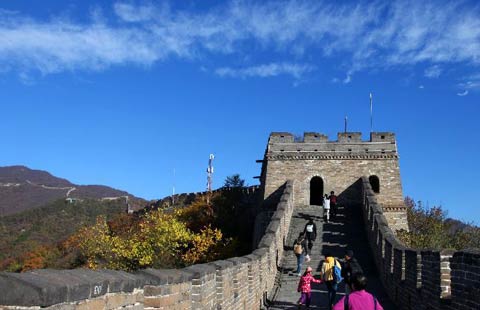
 Beijingers see blue sky again after smoggy days
Beijingers see blue sky again after smoggy days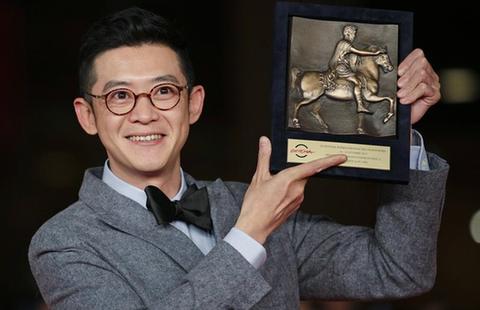
 9th Rome Film Festival kicks off
9th Rome Film Festival kicks off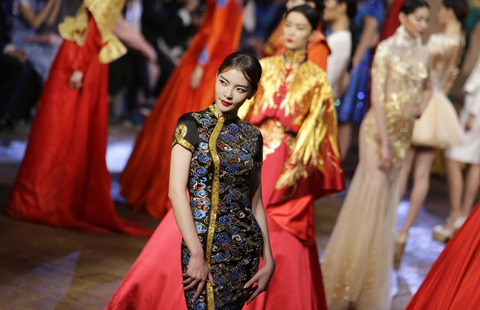
 Highlights of China Fashion Week
Highlights of China Fashion Week
Most Viewed
Editor's Picks

|

|

|

|

|

|
Today's Top News
Man guilty of murder in attack on Chinese students
Chinese economy to decline: experts
Reductions considered for capital punishment
China's economy in 'transition': expert
Investors eye US-made plastic alternative
China's growing role in Mexico not a threat to US: expert
Redesigned SAT test 'won't brainwash'
600-year-old Chinese book found in California
US Weekly

|

|








